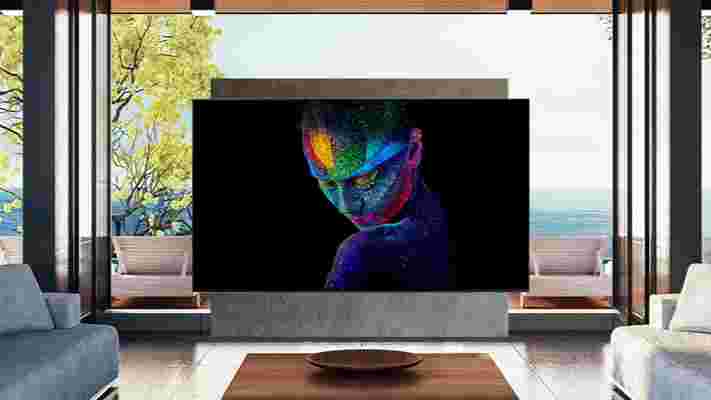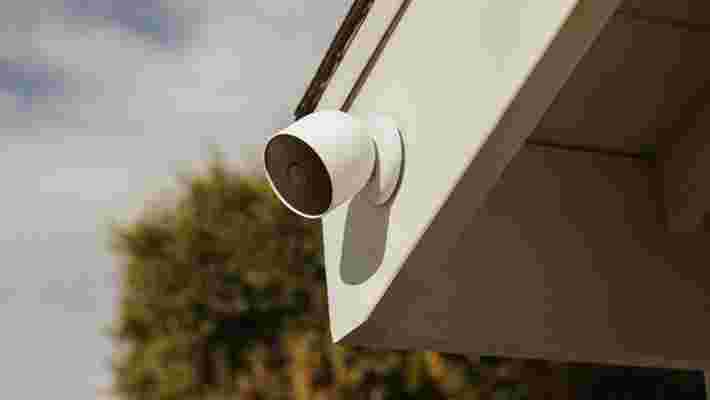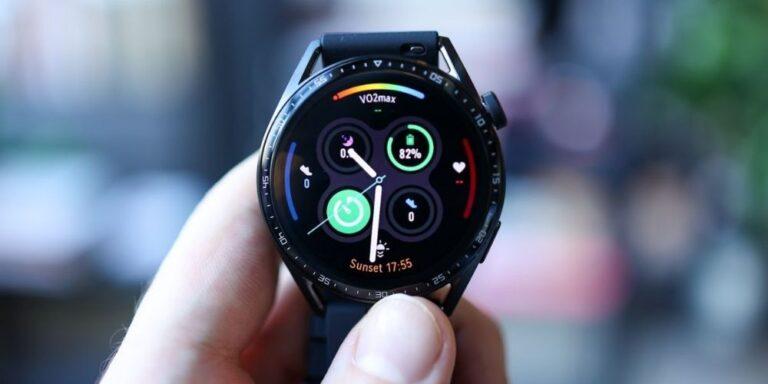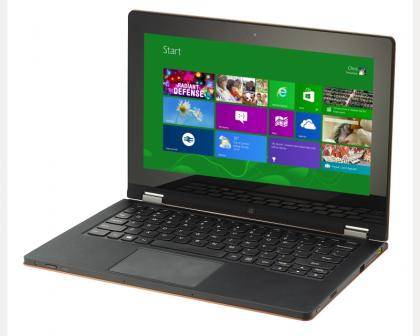Dune Part 2's rumored villain casting is an inspired choice
We Can't Help Falling in Love with the latest casting news around Dune Part 2.
As first reported by Deadline , Elvis star Austin Butler is in talks to portray the main villain, Feyd-Rautha, in Denis Villeneuve’s upcoming sequel – a role famously played by Sting in David Lynch’s 1984 Dune adaptation.
The news follows Florence Pugh’s recent attachment to Dune Part 2 ; the Black Widow star is reportedly close to joining the movie’s cast as Princess Irulan Corrino, the eldest daughter of Padishah Emperor Shaddam Corrino IV.
The star power of Butler, who is best known for his role as Tex Watson in Once Upon a Time in Hollywood, is poised to rise significantly following his highly-anticipated portrayal of Elvis Presley in Baz Luhrmann’s upcoming biopic (set to hit theaters on June 24 this year).
In Frank Herbert’s Dune novel, Feyd-Rautha is the youngest nephew of Baron Vladimir Harkonnen – who was played by Stellan Skarsgård in Villeneuve’s 2021 adaptation – and, as heir to the Harkonnen empire, is described as being equally wicked. He’s also a skilled warrior, and looks set to prove a worthy adversary to Timothée Chalamet's Paul Atreides.
Interestingly, Butler’s association with the role comes rather out of the blue. Prior to news of his negotiations with Warner Bros. and Legendary Pictures, Eternals' Barry Keoghan was hotly tipped to inherit the Feyd-Rautha mantle in Villeneuve’s sequel (the Irish actor told ScreenRant he would "definitely" be interested in the role).
For our money, though, Butler has the chops (and the menacing physical presence) to prove an equally inspired casting choice, should his involvement be confirmed.

With Butler and Pugh both seemingly close to putting pen to paper, then, the only outstanding character to be cast in Dune Part 2 remains Emperor Shaddam Corrino himself. If we were a betting publication, we’d wager that the likes of Giancarlo Esposito, Michael Shannon, Laurence Fishburne and Mads Mikkelsen are already part of that conversation.
Analysis: Will Villeneuve’s Dune form a trilogy?
Despite releasing simultaneously in theatres and on HBO Max , Denis Villeneuve’s big-budget Dune adaptation was able to snag $400 million at the global box office, making it one of the most successful feature-length releases of the pandemic era.
The movie has since earned itself myriad award nominations – including nods for 10 Academy Awards and 11 BAFTAs – and secured the green light for a sequel , but director Villeneuve has also made it known that he’d prefer to tell his Dune story in three parts (i a trilogy).
"I always envisioned three movies," the filmmaker told Entertainment Weekly in October 2021. "It's not that I want to do a franchise, but this is Dune, and Dune is a huge story. In order to honor it, I think you would need at least three movies. That would be the dream.”
Villeneuve getting his wish won’t depend on the success of Dune Part Two, either – if he intends to shoot this story in three parts, he’ll need to iron out such a plan with Warner Bros. and Legendary Pictures prior to the start of filming on the sequel.
Speaking of which, Dune Part 2 is expected to begin shooting in summer 2022 ahead of a possible October 2023 release. Russia's recent invasion of Ukraine, though, could significantly hamper that schedule, given that a large portion of Dune’s production took place in Hungary (which borders Ukraine). That is, of course, assuming that Villeneuve plans to shoot the sequel in the same locations.
For more Dune-based content, check out our chat with Villeneuve about the first film's development. Alternatively, read our in-depth feature with Dune's behind-the-scenes crew to find out more about bringing the world of Arrakis to life .
Sony finally reveals US pricing for its first QD-OLED TV
The Sony A95K is one of the most hotly-anticipated TVs of 2022 - and now, the company has finally revealed how much you'll need to stump up to get your hands on its first QD-OLED TV .
US buyers can expect to pay $3,000 for the 55-inch model, and $4,000 for the 65-inch version, and both will be available to preorder in June. That's slightly less than what we were expecting based on the previously-released EU prices , which put the TVs at €3,050 and €4,050 respectively.
There's no officially pricing in the UK yet, but that works out at around £2,400 for the 55-inch QD-OLED, and £3,200 for the 65-inch model. It may be that the 55-inch A95K is a little pricier than that, though; a rogue John Lewis product listing that was posted in April (and swiftly removed) showed a price of £2,699.
The QD-OLED battle hots up

Now that the Sony A95K prices have been revealed, we can say for sure that Samsung's own QD-OLED TV will be the cheaper option of the two. The Samsung S95B also comes in 55 and 65-inch sizes, which cost $2,200 / £2,399 (about AU$2,980) and $3,000 / £3,299 (about AU$4,040).
We spent a little time with Sony and Samsung's first QD-OLED TVs, and both impressed with their vivid colors, intense blacks, and bright screens. We can't wait to carry out full reviews on both sets to find out which model will win the battle of the QD-OLED - however, it's clear that the Samsung S95B will be the best option for anyone who's sticking to a strict budget.
As well as the A95K, Sony has also revealed pricing for the rest of the 2022 Bravia TV lineup. The most expensive of the bunch is the 8K Bravia XR Master Series Z9K, which starts at $7,000 for the 75-inch model, rising to $10,000 for the 85-inch version.
Sony 2022 TV lineup: US prices

Here's the full lineup of 2022 Sony TVs with US pricing:
Sony Master Series Z9K 8K Mini LED TV
Sony Master Series A95K QD-OLED TV
Sony X95K 4K Mini LED TV
Sony Master Series A90K 4K OLED TV
Sony Master Series A80K 4K OLED TV
Sony X90K 4K LED TV
Do home security cameras invade your privacy?
Installing a security camera system in your home used to be a serious undertaking. Wired CCTV cameras often required professional installation, with their cables routed into the home then plugged into a central control and video storage system. Their feeds were often only viewable on a television set or dedicated display, and being CCTV – closed-circuit television – it wasn’t possible to view the cameras when away from home.
Smart home technology has changed all of that. Today, while CCTV systems are still available, smart, internet-connected and smartphone-controlled cameras are available for inside and outside the home. Often wireless, these are easy to install, record in Full HD resolution, include artificial intelligence for smartly identifying certain objects and people, and they can be viewed or controlled via an app from anywhere in the world.
And yet, despite how easy it now is to install one of the best home security cameras , the same privacy rules regarding CCTV apply. Broadly speaking, these limit where your cameras can be installed in a bid to protect the privacy of those around you, such as your neighbors.
Want to get your hands on one of the best home security cameras now, rather than reading on to discover if they invade privacy? Then check out these great deals for some of the best on the market right now.
Keeping your home secure without invading privacy
Thankfully, today’s smart security cameras have useful features to help get the view you need while also protecting the privacy of passers-by.
Firstly, cameras set up inside your home do not impact the privacy of anyone outside. So, while you will need to ensure your family members and others in the home are informed about, and happy with, the location of interior security cameras, their placement will not breach the privacy of others unless intentionally located to record through windows and into another property.
Cameras installed outside with a view of other people are a different matter. The key here is whether someone can have a reasonable expectation of privacy in a given location.
On their driveway, in view of the road and other people, there is a lower expectation of privacy than on the secluded patio around the back of the property, for example. As such, a camera overlooking your driveway, but also capturing the road, pavement, and a neighbor’s driveway, isn’t a cause for concern. But if a camera is mounted high up on the side of your home, with a view of both your back garden and that of your neighbor, then you should seek to adjust what it can see.
This adjustment can usually be done by restricting what portion of the camera’s view is recorded. Many smart security cameras offer this, where a digital ‘black box’ is placed over the portion of the frame you don’t want to be recorded. This could be the front door and lounge windows of the house opposite yours or the neighbor’s back garden. Block these sensitive areas, and your camera can still be used to monitor your own driveway or back garden, but won’t capture anything it shouldn’t.
It’s also possible to create activity zones, where motion in a certain area of the frame will be ignored, and footage is only recorded (and the camera owner is alerted) when movement in key areas, like a pathway, door or window, is detected.
In these cases, it is worth telling your neighbors and even showing them exactly what is and isn’t being monitored and recorded by the camera. Transparency is key to ensuring your neighbors know their privacy is being protected. This also includes the use of signs and stickers, which often come with security cameras and can be stuck in a window to make passers-by aware that they might be monitored or recorded.

What about homes with shared spaces?
If you live in a property with a shared hallway, it may well be inappropriate to install a security camera facing your door, as it will likely capture footage of other residents with access to the shared space. Similarly, video doorbells are tricky to use in apartments, as their view will include the hallway and potentially the door (and interior, when open) of the opposite property.
As far as the law is concerned, it isn’t always clear-cut. In the US, video recording in public places is legal in all states, but there is no specific federal law regulating the use of home security cameras. However, national consent and privacy laws can be applied instead.
Some states have specific security cameras laws, but most do not. Of those that do, some allow recording in private places and the use of hidden cameras, but in other states, this is forbidden. There is also variation when it comes to requiring consent before recording. In short, it is best to consult your local state law to be certain.
In the UK, if a security camera captures images of people outside the boundaries of your private domestic property, then laws covered by the Data Protection Act 2018 and UK General Data Protection Regulation will apply. Not complying with these rules can lead to legal action being taken against you.
Handling data responsibly
As well as thinking carefully about the position of the cameras themselves, you also must ensure the footage they record is handled responsibly. UK law says recorded footage must not be used for any purpose other than protecting your property, and camera owners must respond appropriately if someone submits a subject access request after being recorded by your system.
You should also ensure footage displays the correct date and time, and that recordings are not stored for longer than is necessary, then deleted when no longer required. Recordings should also be saved securely, with access only granted to those who require it, such as members of your household.
What about audio recording?
Many smart security cameras record audio as well as video. Unlike traditional CCTV cameras and their lack of a microphone, this means they fall under wiretapping laws too. In the US, federal wiretapping law allows audio recording so long as one of the two parties consents to it – in other words, you can record a conversation if you are taking part in it.
However, this can vary by state and in 11 states, including California, both parties must give consent. But because an intruder cannot have an expectation of privacy when trespassing in your home, or on your land, then audio and video recordings of that person can be captured and used as evidence against them.
Ultimately, common sense is key. Ask yourself, would you be happy with a neighbor’s security camera peering into your back garden? The answer is probably no, so you should reconsider the placement of your own camera.
The best approach is to be transparent with your neighbours; let them know about your cameras, show them exactly what they can see, and offer to obscure their view if needed. Do this the correct way, and the cameras will still capture the footage you need, should a break-in or other incident occur.









